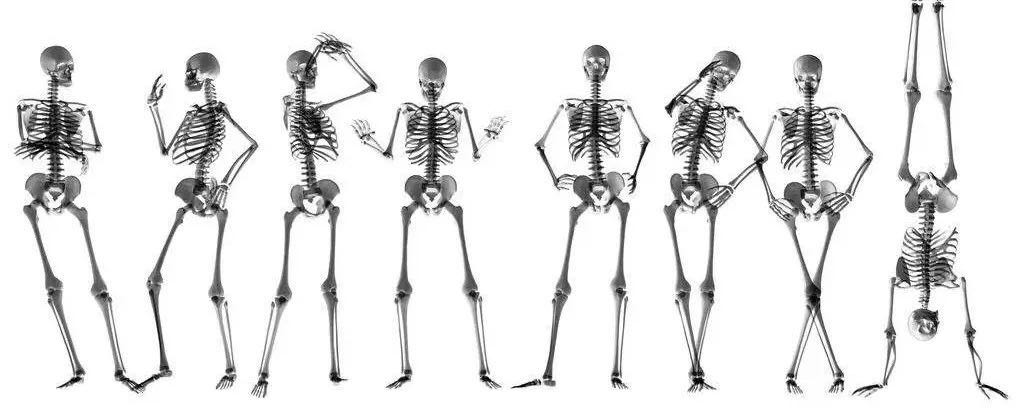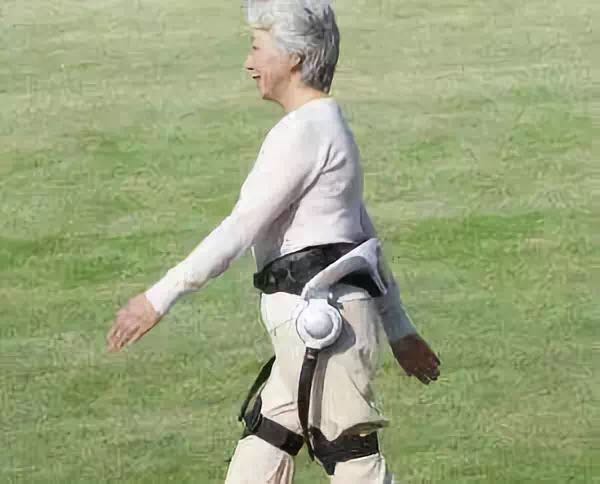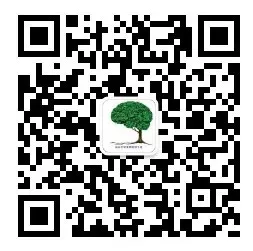Date:2019-01-11
Lecture Topics: Bone mechanics, biology and unpowered walking AIDS
Lecture Speaker: Xing Yanghui (Associate researcher of National Rehabilitation Assistive Device Research Center)
Venue: STU-BME Discussion room
Time: 14:00-15:00pm, January 11, 2019
Xing Yanghui, associate researcher of national rehabilitation assistive device research center, master of mechanical engineering, doctor of biomedical engineering. His research interests include bone biomechanics, mechanical biology and rehabilitation techniques and assistive devices for the elderly and patients with hemiplegia. He participated in a number of scientific research projects of NASA, DOE, NIH, national science and technology support program and national key research and development program. Currently, he has presided over one general project of national natural science foundation, published 8 SCI papers and applied for 4 patents.
Problems such as osteoporosis and muscle decline hamper the quality of life for more than 80 per cent of the elderly, there are two ways to mitigate the effects of these degenerative diseases. Firstly, we can solve the problem fundamentally so that these diseases no longer appear or alleviate the disease; Secondly, undertake exterior interference, use auxiliary appliance to undertake compensating for the function that loses. Based on these two aspects, this report will discuss the research of biomechanics and mechanobiology in the prevention and treatment of osteoporosis and muscle decline.

Osteoporosis is caused by the imbalance of bone metabolism, and mechanical stimulation is the decisive factor in the regulation of bone growth and reconstruction, but the mechanism of mechanical stimulation affecting bone cell metabolism is still unknown. This report discusses the perception and transmission of mechanical signals by bone cells, and focuses on the role of lipid rafts, GPI and P2Y2 receptors on the cell membrane, as well as the mechanical and biological responses of factors such as proliferation and differentiation of bone cells. On the other hand, through biomechanical analysis, the report also proposes a method to assist the elderly walking, and discusses the development of walking AIDS based on the lower leg, hip joint and the whole lower limb.

For more information, please follow below Wechat Public Account!
